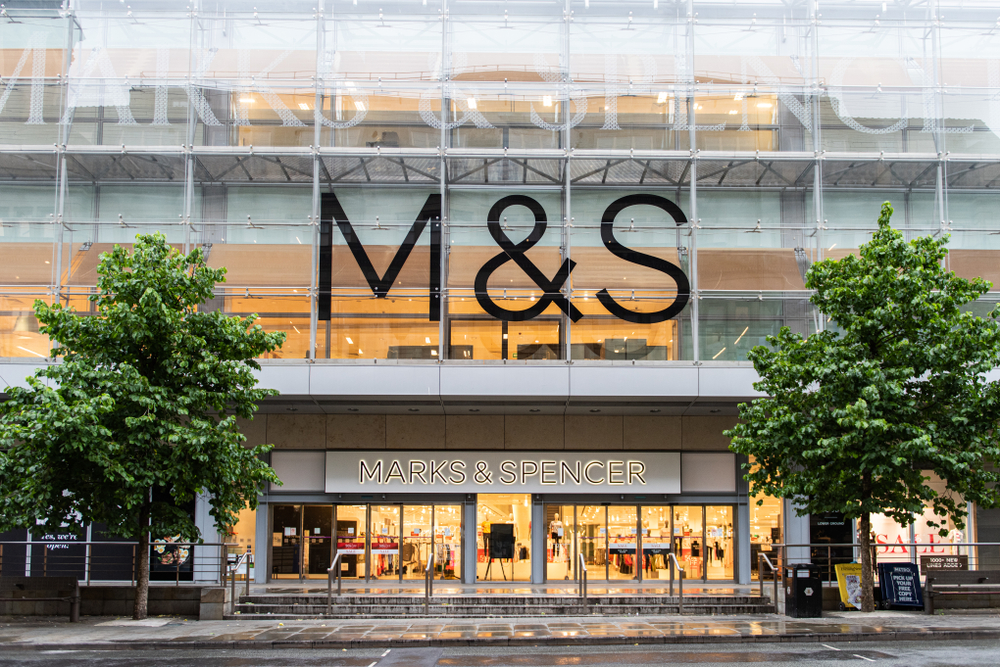There has always appeared to be a natural fit between loyalty, coupons and m-retailing, but to date not a lot has happened with any of these things. There have been many attempts to plug coupons and loyalty into mobile – I should know, to paraphrase Monty Python, I’ve followed a few – but the latest one involves Asda so you never know it may yet hit the mainstream jackpot.
As our top story reports, Asda is taking part in a trial with McCain – purveyors of the finest oven chips et al – to try and shake up couponing. The premise that many consumers use coupons, but tend to print them out and present a paper ticket at the checkout. Asda and McCain – with the help of Weve and Eagle Eye – want to make this more slick and mobile. So the consumer gets texted the offer, clicks a link in the text and, voila, a barcoded coupon appears on the screen ripe for the scanning.
With consumers increasingly getting used to using their phones for tickets, boarding passes and even payments on their phones this summer, handing over the handset to scan to save some money on roast potatoes isn’t too big a leap.
What makes this interesting I think is the use of text – and what that opens up for retail marketers. Text is pretty much ubiquitous and everyone uses it and understands and trusts it. This is the ideal delivery mechanism for coupons.
But what makes it really interesting is that, in theory, it plays beautifully into the move towards ultra-personalisation and marketing as a one-to-one concept. The trial is really to prove that it works and that consumers will do it, but assuming that they go for it, what it offers is massive.
Armed with shoppers mobile numbers, their location (even just within a store), their shopping habits the retailer can pop the right discount message to them at the right time. Even if its in the car park outside the store when they arrive, there is a much better chance that mum will buy a bag of crinkle cut chips if a lovely offer arrives.
This is great for the supermarket-brand access, but it could also be put to even better use by the supermarkets – or any retailer come to that – to send a text with a bunch of offers/links that the shopper can then decide on what to use and how it then shapes their shopping experience.
Combining this with loyalty apps also makes sense as the data from this can be targeted to actual shopping trips and offer that personal touch of the right coupon at the exact right time.
Of course, the same can apply to email marketing or even marketing via retailer app push messaging or social media messaging or WhatsApp, but text adds that simple ability to reach pretty much everyone, on their screen, at the right time and place and with an almost guaranteed 90% open rate. Surely this is what coupons have been waiting for?
It is interesting how, with the many column-miles of coverage of tech, text is still the way to reach people and has, until now, been hugely overlooked. As we reported last week, etailers who use SMS to interact with customers are seeing improved customer experience, increased revenues and improved marketing and customer service efficiency – however only 29% of merchants actually use it.
So finds a study by OpenMarket, a leader in enterprise mobile engagement, in its Retail Mobile Messaging Report, which polled 100 e-commerce retail professionals about their use of SMS messaging for customer engagement.
But the findings revealed that SMS, or text messaging, is an under used communication channel with the potential to deliver much more value than it is today.
The fault for this lies, I think, with the network operators who make it too complex and too costly for retailers to consider it. But, with Weve now involved in this project it may well yet change their views. Network operators are under threat from WhatsApp, Facebook Messenger, Push Messages, iMessage and more – they need to think of new ways to put text to work if they are to stay the money making behemoths they are today. Perhaps with large retailers calling the shots we can all win?








